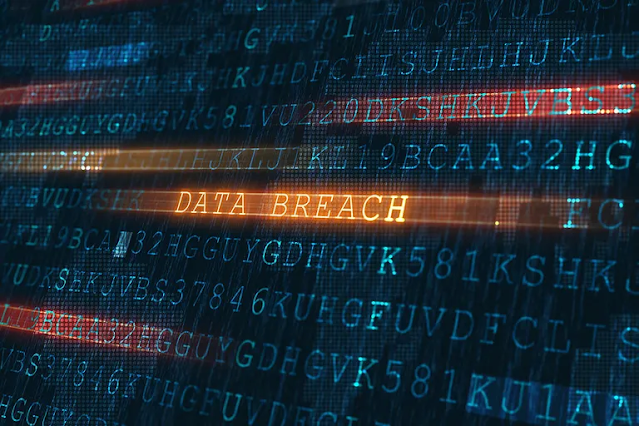In October 2024, Intesa Sanpaolo — Italy’s largest bank — faced a serious data breach that shook the Italian financial sector and raised alarms across Europe.
How a Trusted Employee Compromised Thousands.
An internal employee was found to have unauthorized access to the accounts of about 3,500 clients, including high-profile figures such as Prime Minister Giorgia Meloni and former Prime Minister Mario Draghi between February 2022 and April 2024.
A Hack or an Inside Job?
In October 2024, Intesa Sanpaolo — Italy’s largest bank — faced a serious data breach that shook the Italian financial sector and raised alarms across Europe.
How a Trusted Employee Compromised Thousands.
An internal employee was found to have unauthorized access to the accounts of about 3,500 clients, including high-profile figures such as Prime Minister Giorgia Meloni and former Prime Minister Mario Draghi between February 2022 and April 2024.
A Hack or an Inside Job?
The system was not hacked, in the case of Intesa Sanpaolo, there was no classic external cyberattack as we often see with ransomware or malware breaches. Instead, this was an internal abuse: an employee with legitimate access to the bank’s systems used that access improperly to view data unrelated to his job responsibilities.
The IT infrastructure was neither destroyed nor infected, and no external penetration occurred.
The breach came from inside — using valid credentials but with malicious intent.
This type of incident is known as an “insider threat,” and it’s particularly dangerous because it is much harder to detect compared to a traditional hacking attempt from outside the organization.
Reflection on Security: What This Breach Reveals
The Intesa Sanpaolo incident is a stark reminder that even the most secure systems are vulnerable — not just from external hackers, but from the people within.
It highlights a critical, often underestimated dimension of cybersecurity: trust is not a security control.
While banks and organizations invest heavily in firewalls, encryption, and threat intelligence, insider threats exploit the one factor that is hardest to monitor: human behavior.
This case teaches that true resilience requires not just defending the perimeter, but also building strong internal defenses:
-
Continuous Monitoring: Employees’ activities, even those with legitimate access, must be monitored intelligently and discreetly.
-
Least Privilege Principle: Staff should only have access to the minimum information necessary to perform their duties.
-
Regular Audits: Access patterns and account usage must be audited frequently to spot anomalies early.
-
Security Culture: Organizations must foster a culture where ethical behavior is the norm and misconduct is quickly reported and addressed.
-
Fast Incident Response: When suspicious activities are detected, acting quickly can significantly limit the damage.
In the end, this breach is not just about one rogue employee — it’s a wake-up call for every organization: Security must be built for both the outside and the inside threats.
Reference:https://www.reuters.com/technology/cybersecurity/data-storage-spotlight-italian-security-committee-after-intesa-breach-2024-10-22/
https://www.reuters.com/technology/cybersecurity/what-we-know-about-data-breach-intesa-sanpaolo-2024-10-22/



